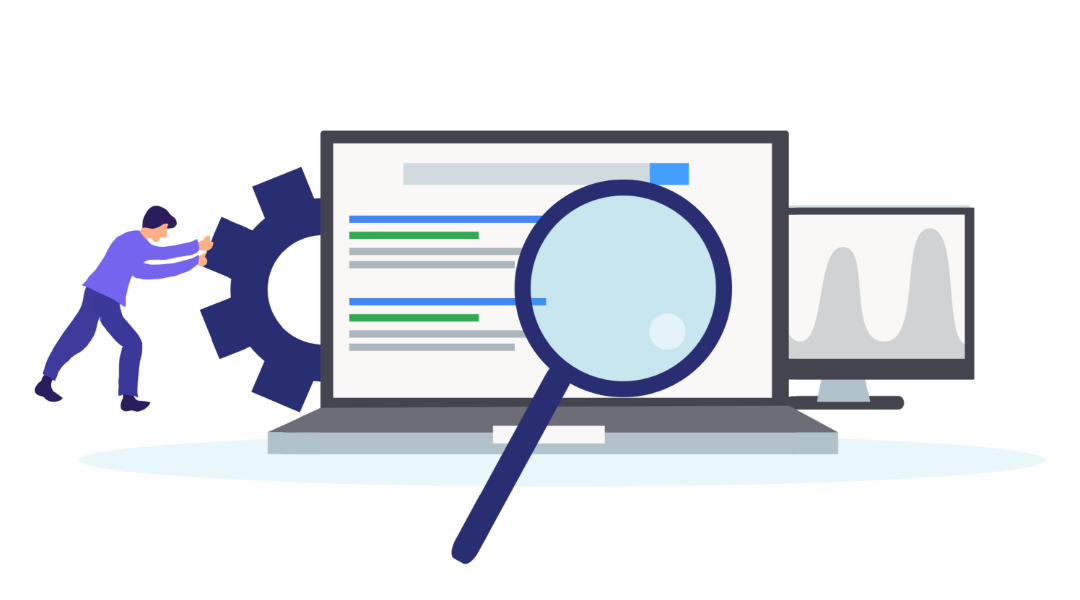What Are Applicant Tracking Systems (ATS) and How Do They Influence Hiring?

Introduction: The Problem ATS Were Designed to Solve
In the past, hiring managers managed job applications using paper files and spreadsheets. As companies grew and job postings attracted hundreds or thousands of applicants, this manual process became unmanageable. Recruiters needed a system to:
- Store and organize applicant information
- Track candidates through various hiring stages
- Search and filter applications efficiently
This need led to the development of Applicant Tracking Systems (ATS), which digitize and streamline the recruitment process.
How ATS Work: Functionality and Structure
An ATS is a software application that automates the hiring process by:
- Collecting and storing resumes and applicant data
- Parsing resumes to extract relevant information
- Allowing recruiters to search for candidates using keywords and filters
- Tracking applicant progress through the hiring pipeline
- Facilitating communication with candidates
These systems help recruiters manage large volumes of applications and maintain organized records of candidate interactions.

Popular ATS Platforms
Several ATS platforms are widely used by organizations:
- Greenhouse: Offers structured hiring workflows and analytics to improve recruiting efficiency. Learn more
- Ashby: Provides an all-in-one recruiting platform with sourcing, scheduling, and analytics tools. Learn more
- Workday: Integrates ATS with human capital management for enterprise-level recruiting. Learn more
- Lever: Combines ATS with candidate relationship management to enhance hiring processes. Learn more
- Workable: An AI-powered SaaS ATS and recruitment software. Learn more
- Taleo (Oracle): A widely known ATS among large enterprises. Learn more
These platforms cater to different organizational needs, from small businesses to large enterprises.
How Recruiters Use ATS
Recruiters utilize ATS to:
- Search for Candidates: Use keyword searches to find applicants with specific skills or experiences.
- Score Resumes: Some ATS assign scores to resumes based on how well they match job descriptions.
- Manage Pipelines: Track candidates through stages like application, interview, and offer.
- Communicate: Send automated emails to candidates for updates and interview scheduling.
To increase your chances of passing through an ATS, ensure your resume includes relevant keywords from the job description and is formatted simply. Need help optimizing your resume?

Impact of ATS on the Hiring Process
Advantages:
- Efficiency: Automates repetitive tasks, saving time for recruiters.
- Organization: Keeps applicant information centralized and accessible.
- Compliance: Helps maintain records for legal and regulatory requirements.
Challenges:
- Over-Reliance on Keywords: May overlook qualified candidates who use different terminology.
- Bias: If not properly configured, ATS can perpetuate existing biases in hiring.
- Data Overload: Recruiters may struggle to analyze large volumes of applicant data effectively.
For more on how AI is shaping ATS, read the article: The Role of AI in Modern Applicant Tracking Systems.
AI Integration in ATS

Modern ATS platforms are increasingly incorporating AI to enhance functionality:
- Resume Parsing: AI improves the accuracy of extracting information from resumes.
- Candidate Matching: Machine learning algorithms suggest candidates who best fit job requirements.
- Predictive Analytics: AI forecasts hiring needs and candidate success probabilities.
- Bias Reduction: Some systems use AI to identify and mitigate unconscious bias in job descriptions and screening processes.
For example, Ashby leverages AI to streamline sourcing and analytics, enhancing the recruitment process. Learn more.
Conclusion
Applicant Tracking Systems have revolutionized the hiring process by automating and organizing recruitment tasks. While they offer significant benefits in efficiency and compliance, it’s essential to be aware of their limitations and ensure they are used thoughtfully. As AI continues to evolve, ATS platforms are becoming more sophisticated, offering improved candidate matching and bias mitigation. Job seekers should focus on tailoring their resumes to align with job descriptions and utilize tools like MySpotlight.AI to optimize their applications.
References:
- Greenhouse | Applicant tracking software & hiring platform
- All-in-one Recruiting Software for Ambitious Teams | Ashby
- Talent Acquisition and Recruiting Software | Workday US
- A Powerful Applicant Tracking System - Lever
- Workable - Overview, Market Share, Users & Alternatives
- Taleo Applicant Tracking Systems (ATS) - Oracle
- The Role of AI in Modern Applicant Tracking Systems